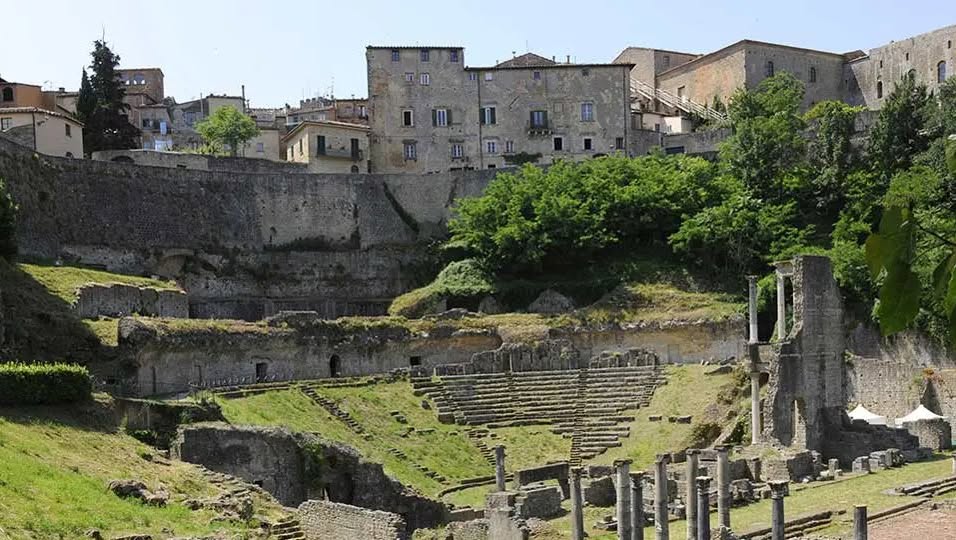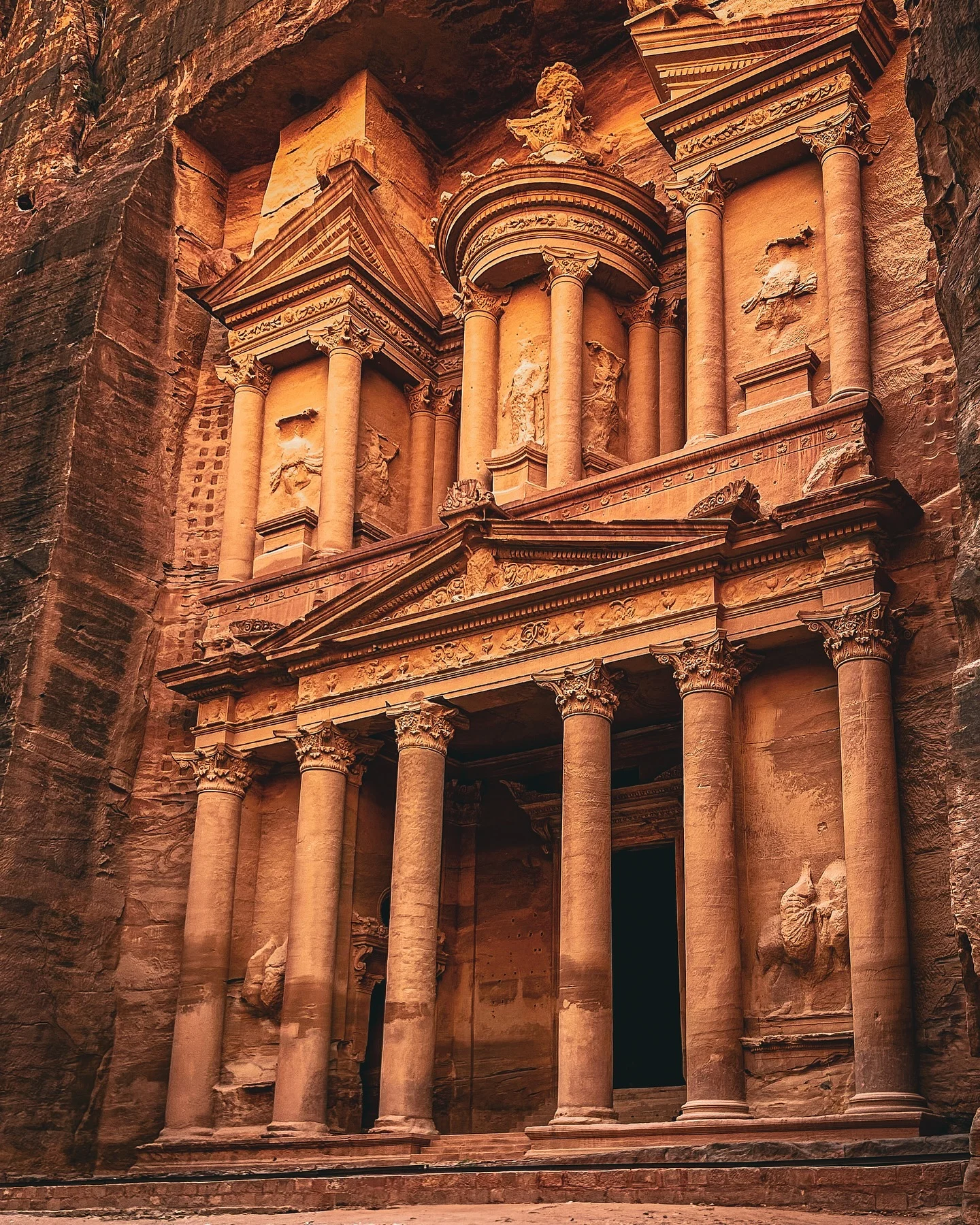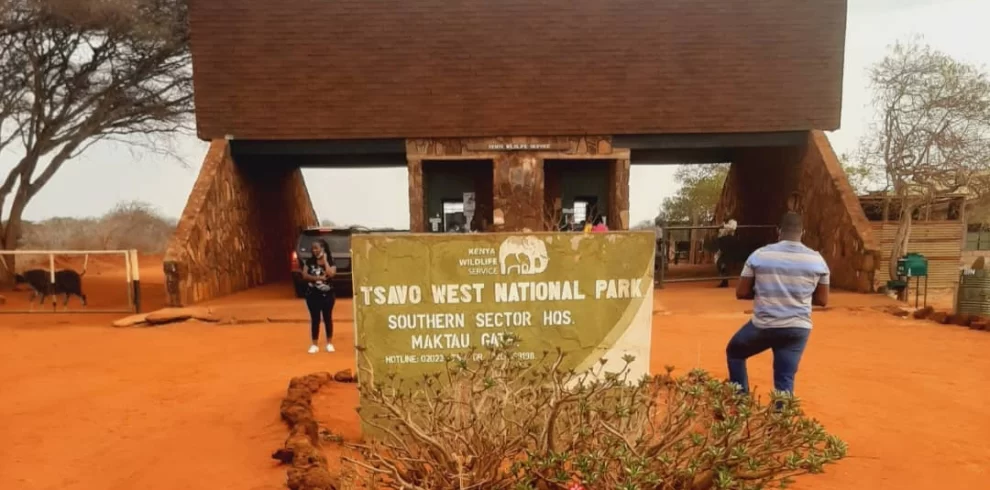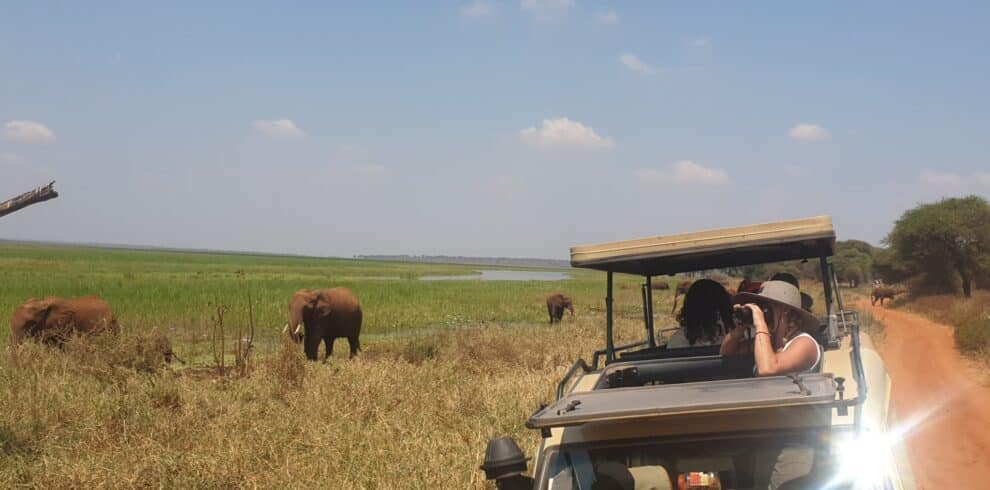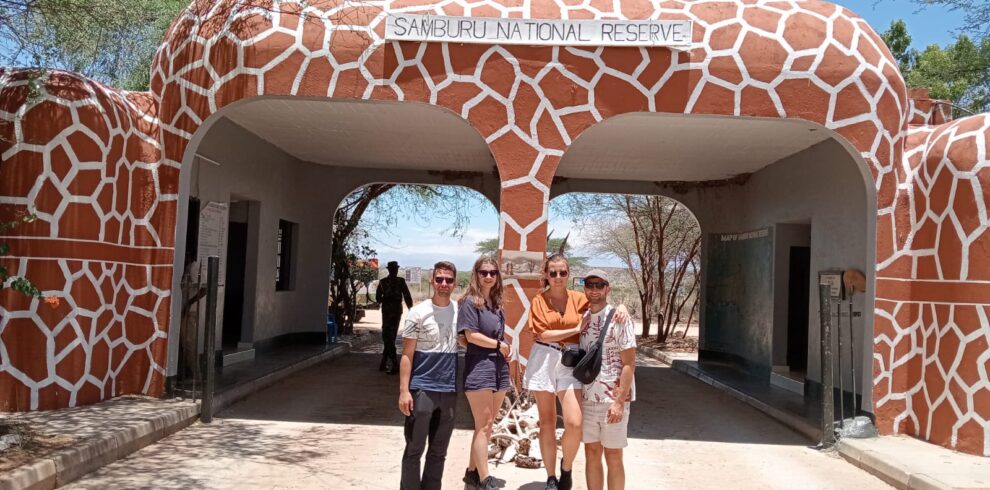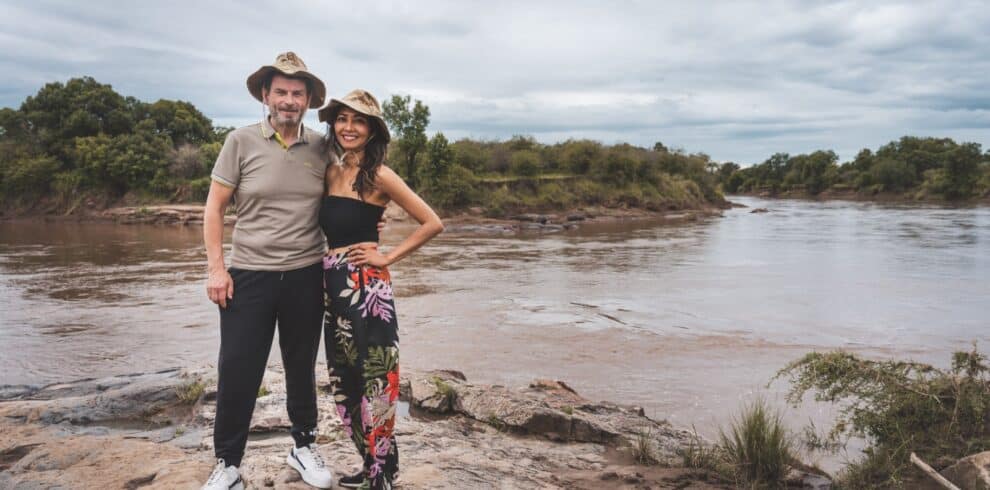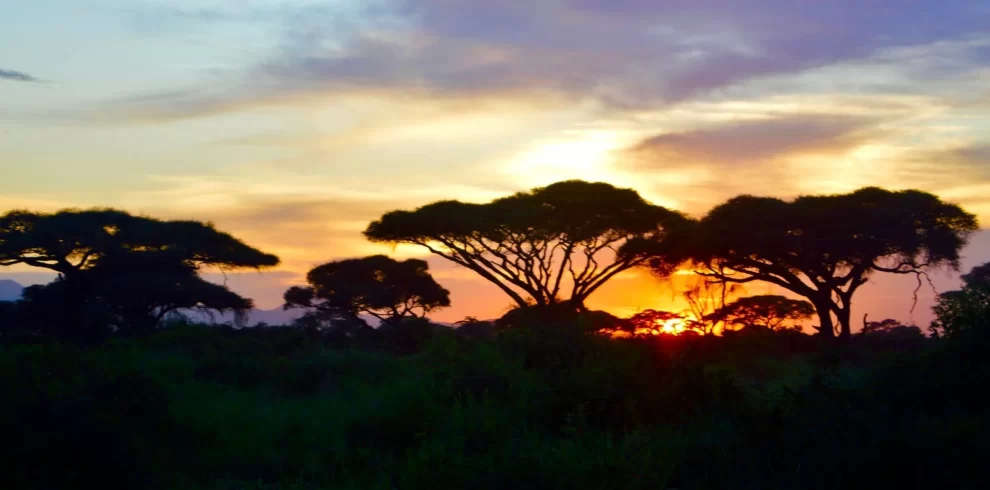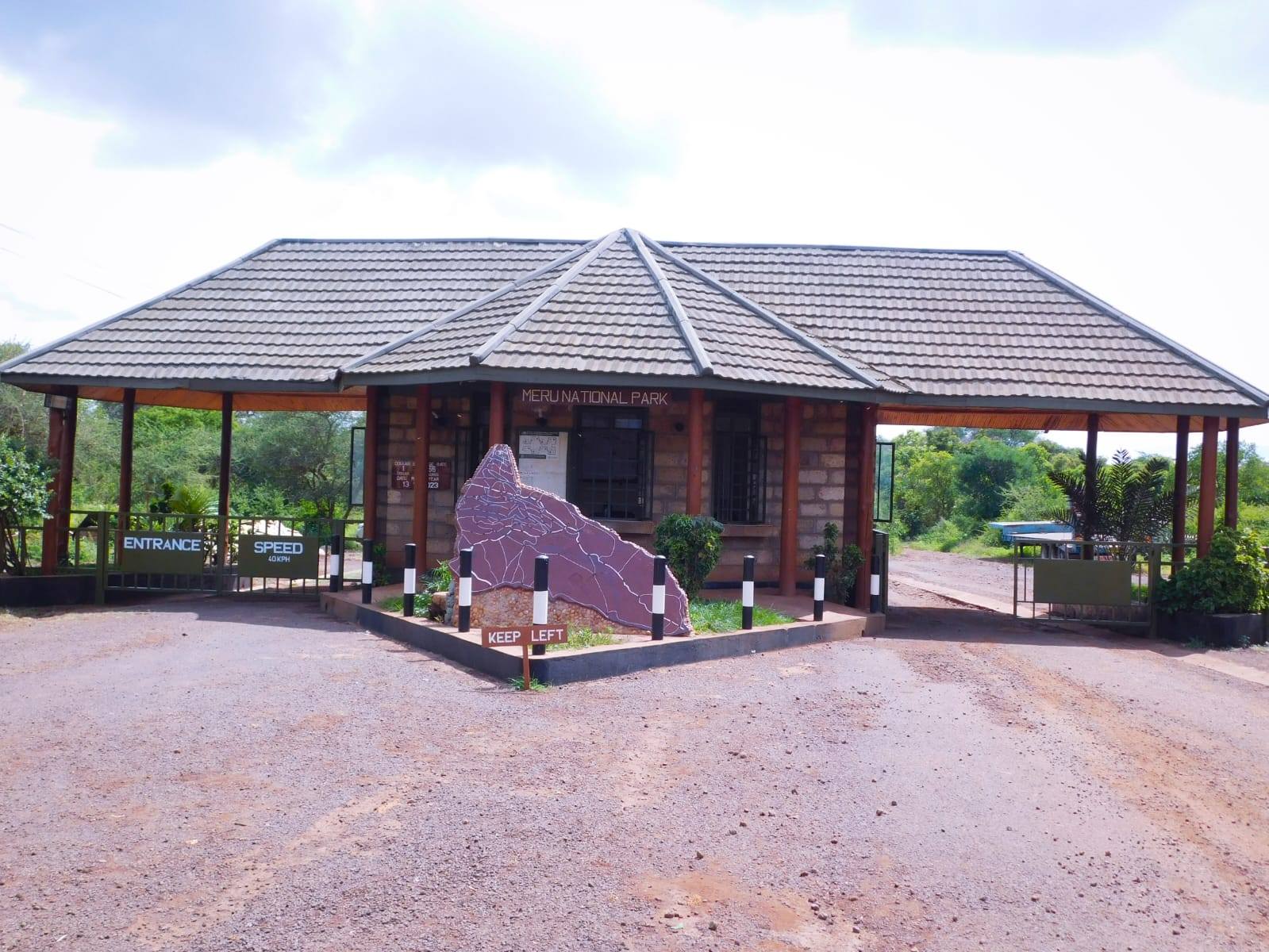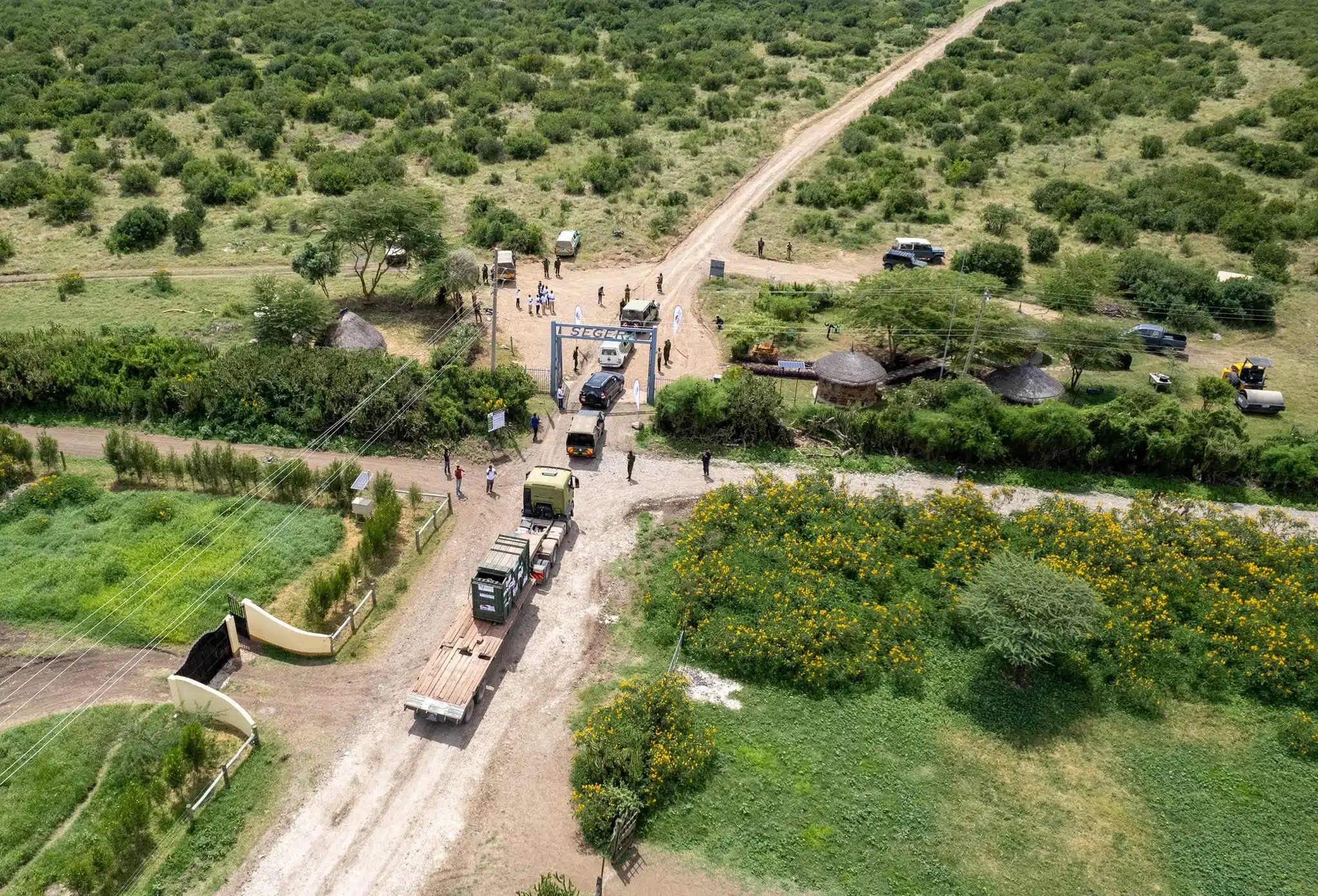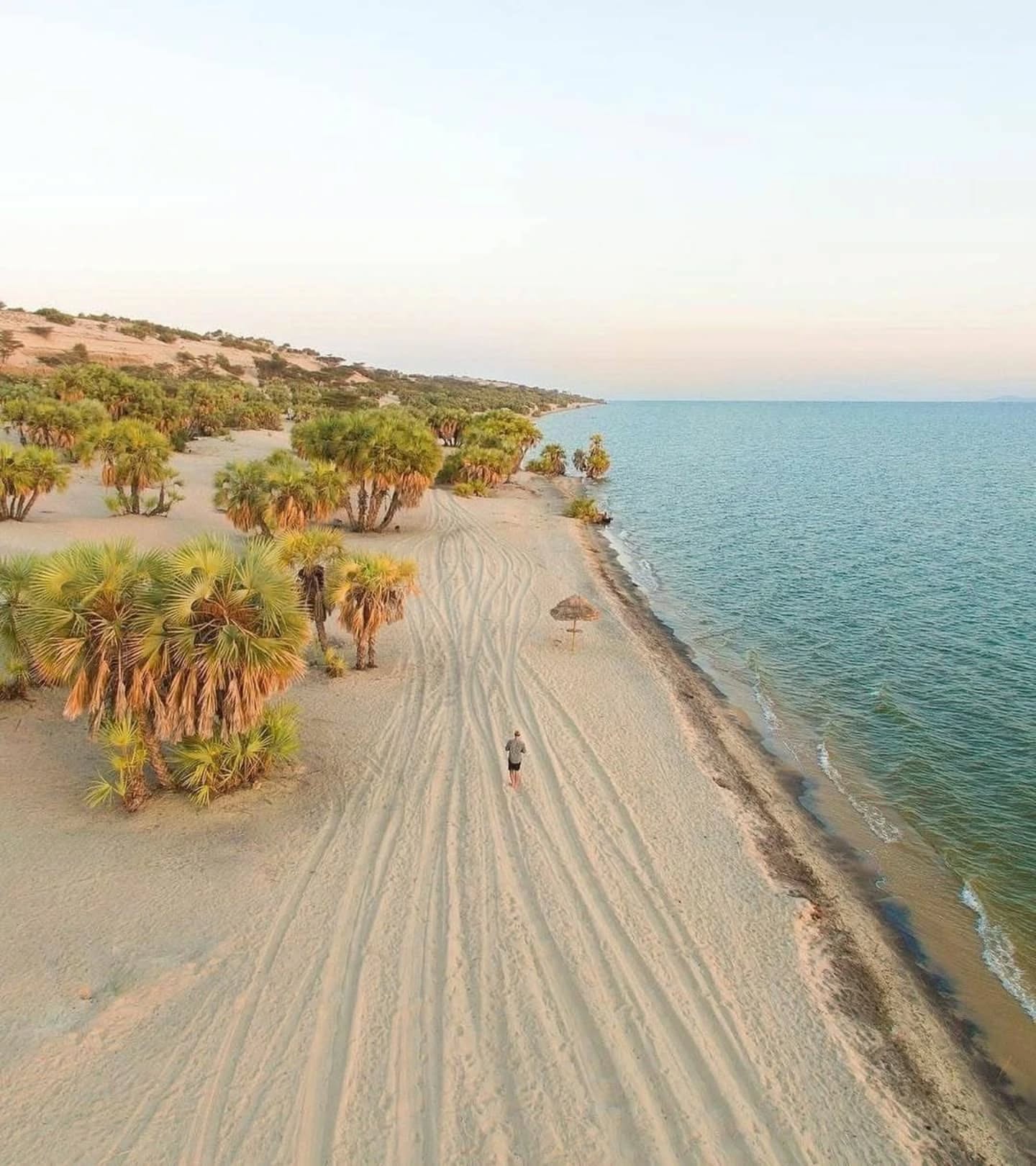Kenya isn’t just a destination for wildlife safaris—it’s a land steeped in rich history and culture. From ancient ruins to UNESCO World Heritage Sites, Kenya offers a captivating opportunity to step back in time and explore the legacies of past civilizations, early trade routes, and the remarkable diversity of its peoples. Whether you’re an archaeology enthusiast, a lover of history, or simply curious about Kenya’s cultural heritage, exploring these historical sites is an experience you won’t forget.
At Gemfinders Safaris, we specialize in curating unforgettable experiences that blend Kenya’s natural beauty with its historical treasures. Join us on a bespoke tour to explore these incredible sites, each offering its own unique story and perspective on Kenya’s past. Here’s a curated list of Kenya’s most fascinating historical and heritage sites that promise to transport you through the pages of history:
1. Lamu Old Town
- UNESCO World Heritage Site
- Historical Significance: Lamu Old Town is one of the most authentic and best-preserved Swahili settlements in East Africa. Its history stretches back to the 14th century and stands as a testament to Kenya’s rich Islamic and Swahili heritage. The town’s narrow streets, traditional Swahili architecture, and lively markets paint a vivid picture of life on the East African coast centuries ago.
- Highlights: Explore Lamu Fort, the bustling Lamu Market, the tranquil streets, and the beautifully preserved Swahili houses. Experience the timeless rhythm of daily life as you walk in the footsteps of Swahili traders and settlers.
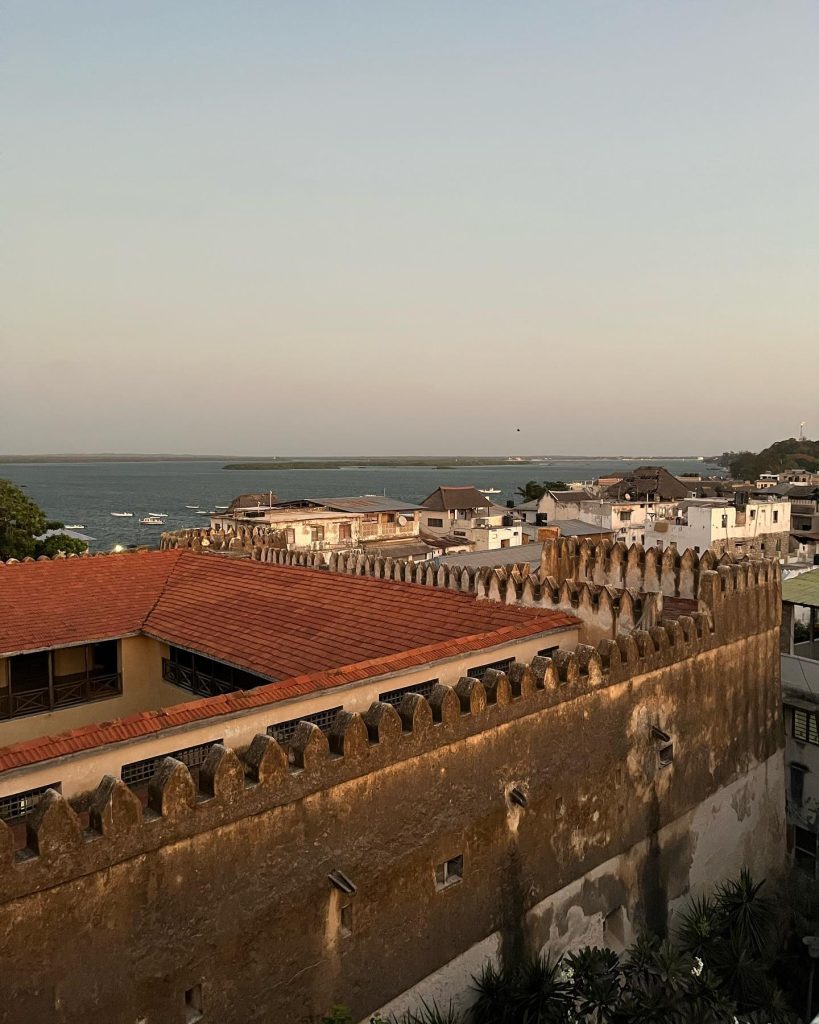
2. Gedi Ruins
- UNESCO World Heritage Site
- Historical Significance: The Gedi Ruins, located near Malindi, date back to the 12th century. This mysterious Swahili settlement was once a thriving coastal town, renowned for its architectural ingenuity and trading importance. It was abandoned in the 17th century, and its origins remain shrouded in mystery, adding to its allure.
- Highlights: Walk among ancient stone structures, including houses, mosques, and palaces. The dense forest surrounding the ruins enhances the feeling of discovery and mystery.
- Tip: A knowledgeable guide can offer fascinating insights into the site’s history and significance, adding depth to your visit.
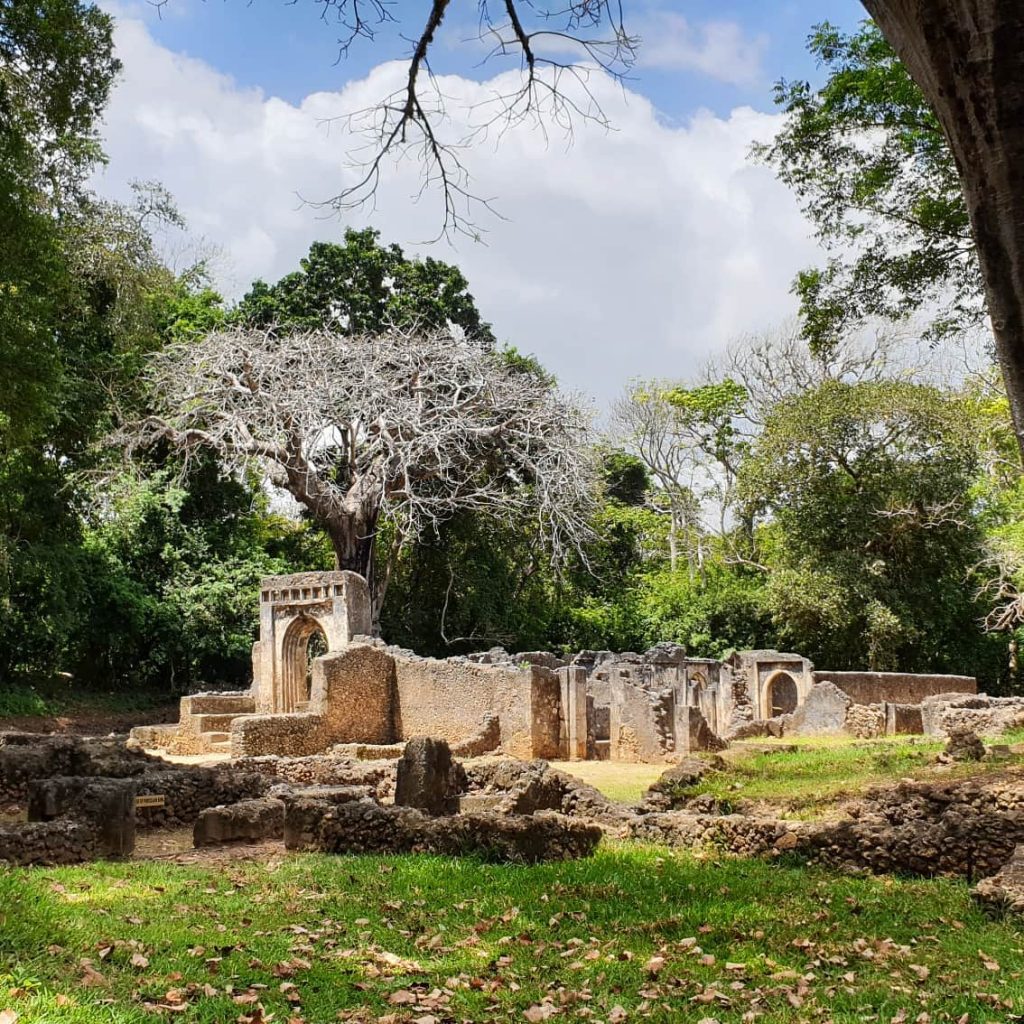
3. Fort Jesus, Mombasa
- UNESCO World Heritage Site
- Historical Significance: Fort Jesus, built by the Portuguese in 1593 to protect their trade routes along the coast, is one of Kenya’s most iconic colonial-era landmarks. Over the centuries, the fort changed hands between the Portuguese, Omanis, and British, each leaving their mark on this enduring structure.
- Highlights: Explore the Fort Jesus Museum, with its collection of historical artifacts. Wander through the fort’s ramparts, which offer stunning views of Mombasa Harbor. The fort is also a great vantage point to view the blend of African, Arab, and European influences that have shaped Mombasa.
- Tip: Visit early in the day to avoid crowds and the heat. Consider combining your visit with a stroll through Mombasa Old Town to see more of the city’s colonial architecture.
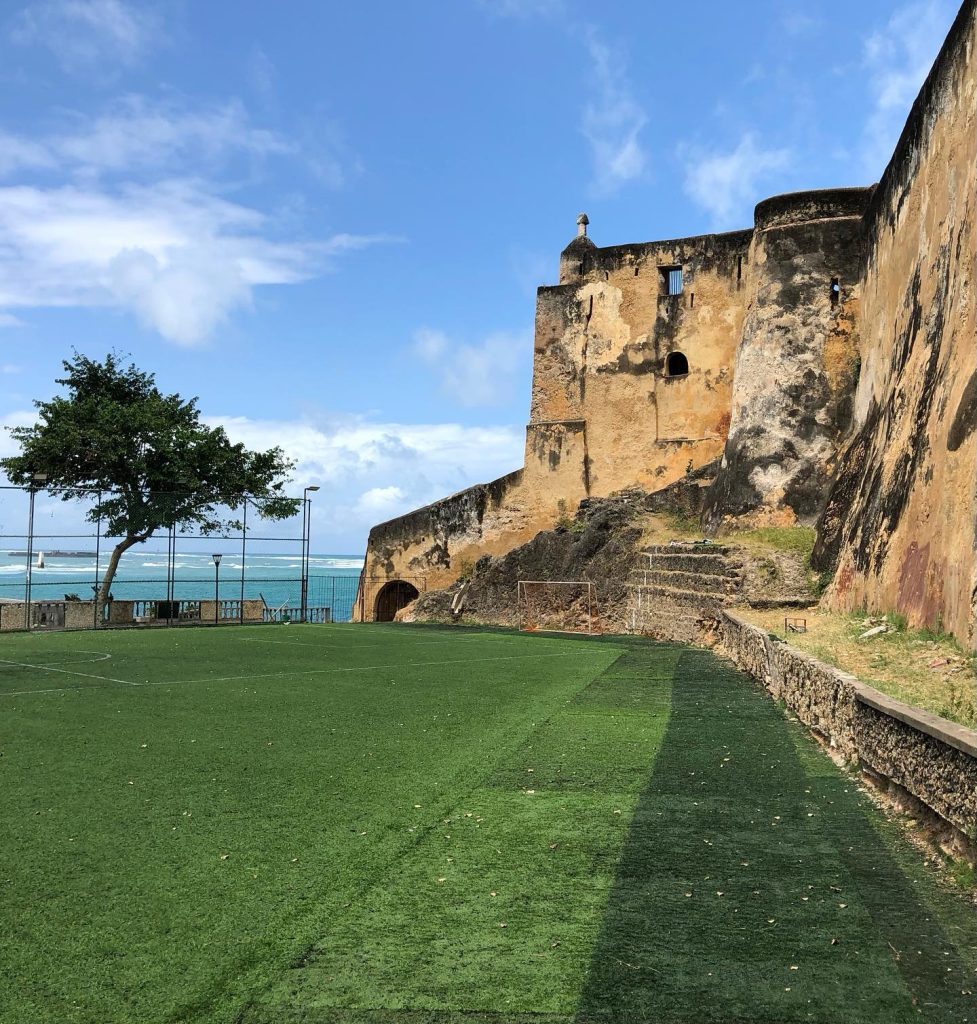
4. Ol Doinyo Lengai (Mountain of God)
- Significant Cultural Site
- Historical Significance: Ol Doinyo Lengai, an active volcano located in the heart of the Great Rift Valley, holds profound spiritual significance for the Maasai people, who believe it is the dwelling place of their god, Enkai. This majestic mountain is not only a natural wonder but also an integral part of Maasai culture and mythology.
- Highlights: The volcanic landscape, with its distinctive carbonatite lava, offers a unique geological experience. If you’re an adventurous traveler, consider hiking to the summit for spectacular views of the Rift Valley.
- Tip: A challenging climb, so ensure you’re well-prepared with a guide and plenty of water. The trek is rewarding, but it requires physical fitness.
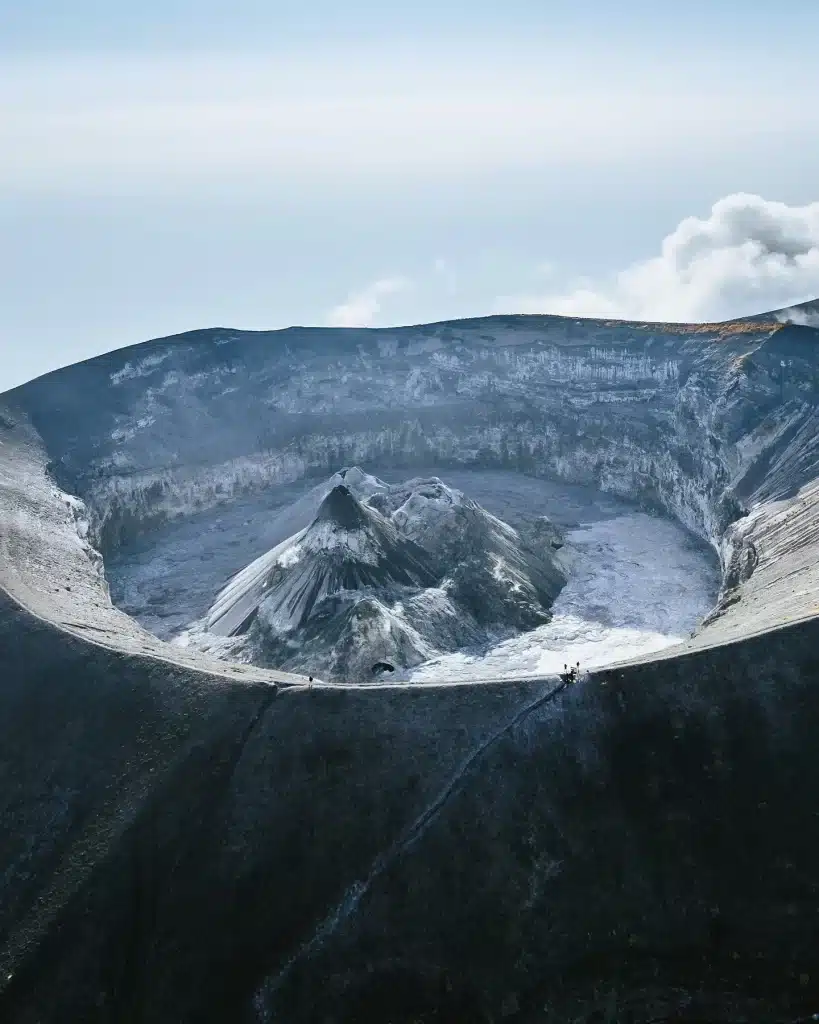
5. Ngorongoro Crater and Olduvai Gorge (Just Across the Border)
- UNESCO World Heritage Sites
- Historical Significance: While technically located in Tanzania, Ngorongoro Crater and Olduvai Gorge are just a short distance from Kenya’s border and hold enormous historical and archaeological significance for both countries. Olduvai Gorge is one of the world’s most important paleoanthropological sites, where fossilized remains of early humans have been found.
- Highlights: Visit the Olduvai Gorge Museum to learn about early human evolution and take a safari tour in the Ngorongoro Crater, one of the most beautiful wildlife reserves on the planet.
- Tip: Though it requires crossing the border, the Ngorongoro Crater is well worth the trip. Be sure to check visa requirements before you go.
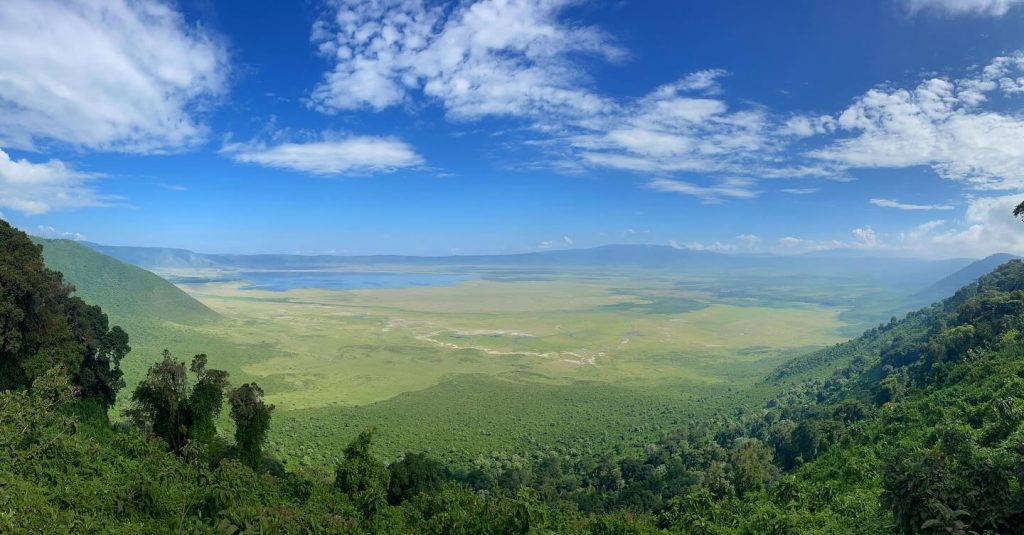
6. The Great Rift Valley and Archaeological Sites
- Significant Historical Sites
- Historical Significance: The Great Rift Valley is not only a stunning geological wonder but also a region rich in archaeological history. Fossils discovered here, such as those of early hominids, have shaped our understanding of human evolution.
- Highlights: Visit significant sites such as Kobi Fora, Lake Victoria, and Lake Elementeita, where early human ancestors once roamed. The Rift Valley is also known for its incredible landscapes and wildlife, making it a multi-faceted destination for history and nature lovers alike.
- Tip: The Rift Valley is vast, so be sure to visit the National Museums of Kenya in Nairobi for more context on the archaeological findings and historical significance of the region.
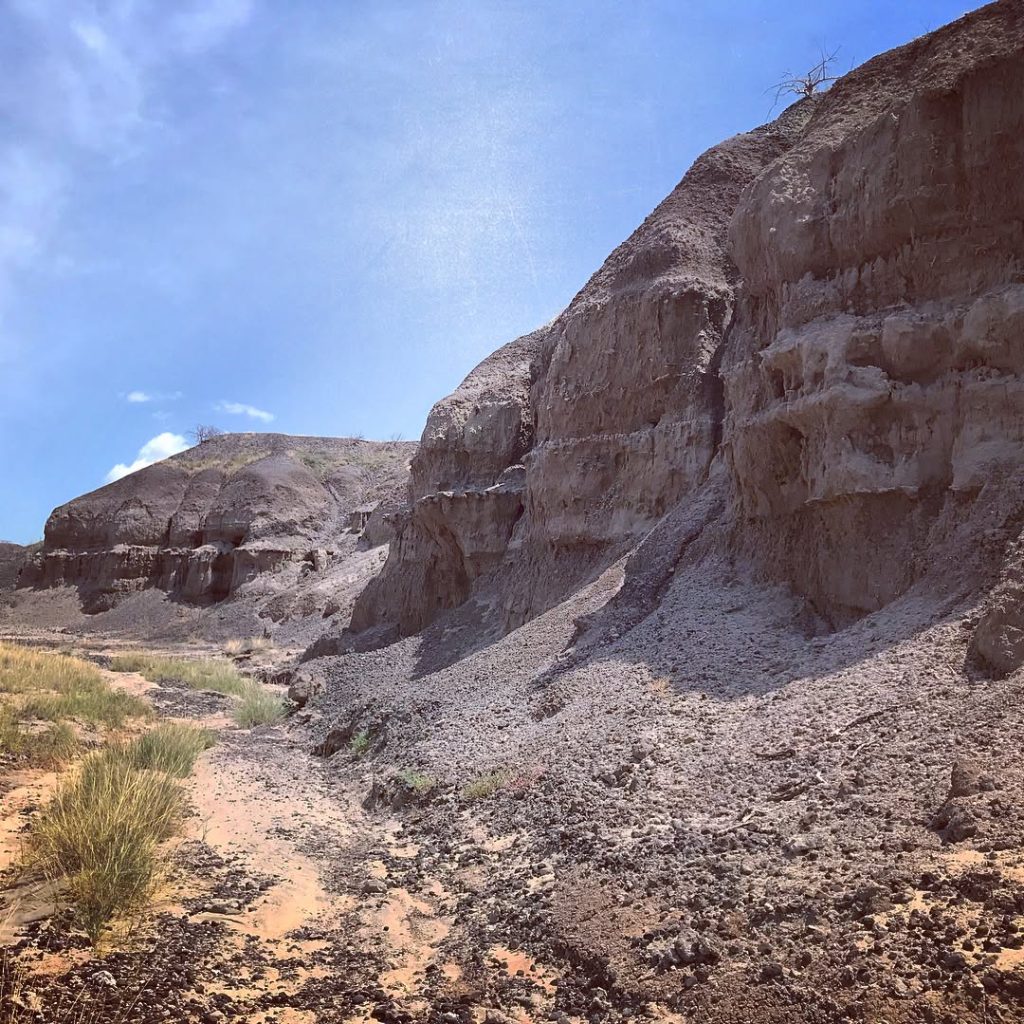
7. Lamu Fort and Museums
- UNESCO World Heritage Site
- Historical Significance: Lamu Fort, built in the 19th century, is an important symbol of Kenya’s Swahili heritage. It was constructed to protect the town from external threats and now stands as a window into the region’s Islamic and African history. The fort is central to Lamu’s unique cultural identity, which has endured through centuries of cultural exchange.
- Highlights: Discover Lamu Museum and the fascinating exhibits that showcase Lamu’s role in the global trading network. Explore the fort’s architecture, which features the best of Swahili design, blending African, Arabic, and Indian influences.
- Tip: For an immersive experience, plan your visit around the Lamu Cultural Festival, where you can experience the town’s music, dance, and cultural traditions firsthand.
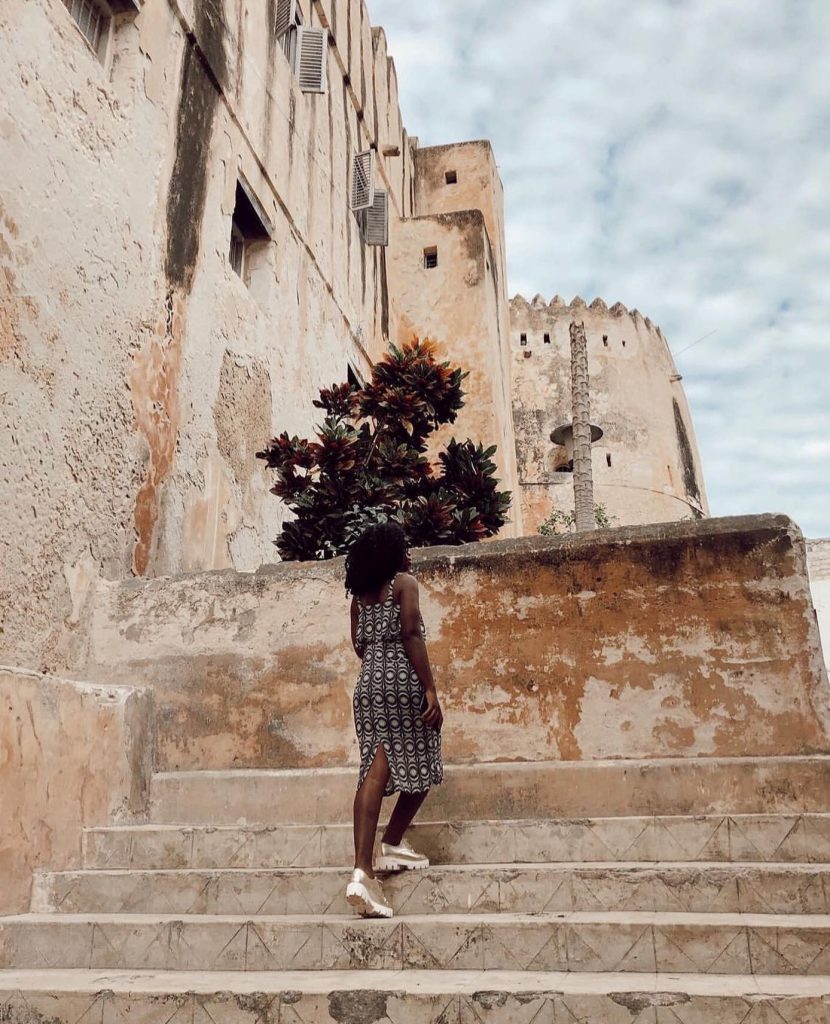
8. Thimlich Ohinga
- Significant Historical Site
- Historical Significance: Thimlich Ohinga is an ancient stone settlement located in the Nyanza region, dating back to the 15th century. The site consists of impressive dry-stone walls and enclosures, thought to have been built by the Luo people. Thimlich Ohinga is one of the few examples of such settlements in East Africa and offers valuable insight into the region’s early inhabitants.
- Highlights: Explore the stone structures and enclosures while learning about the historical significance of the site from local guides.
- Tip: This site is less known and off the beaten path, making it ideal for those seeking a quiet, reflective historical experience away from the crowds.

9. The Kit Mikayi Rock Formation
- Significant Cultural Site
- Historical Significance: Kit Mikayi, a large rock formation in the Nyanza region, holds cultural and spiritual significance for the Luo people. The rock is associated with ancient legends and is believed to be the resting place of an important ancestral figure. It’s an excellent example of how natural features are interwoven with local folklore and traditions.
- Highlights: Walk through the surrounding lush landscape and learn about the legend of Kit Mikayi, which adds depth to the historical and cultural experience.
- Tip: It’s a perfect stop for those exploring Kenya’s Luo region or combining a cultural tour with scenic nature walks.
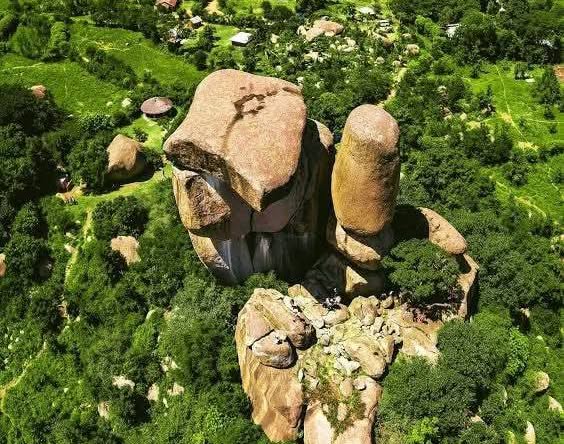
10. Fort Hall (Murang’a)
- Significant Historical Site
- Historical Significance: Fort Hall (now Murang’a) was an important site during Kenya’s colonial history, particularly during the early missionary and settler movements. It also has connections to the formation of modern Kenya, as it was here that one of Kenya’s founding fathers, Jomo Kenyatta, spent part of his early life.
- Highlights: Visit the colonial-era architecture and the house where Kenyatta once lived. The surrounding area is rich in Kikuyu culture, and the town of Murang’a itself offers a glimpse into the heart of Kenya’s central highlands.
- Tip: Combine your visit to Fort Hall with a scenic drive through the lush highlands, which are home to coffee plantations and vibrant local villages.
Conclusion:
Kenya’s ancient ruins, colonial forts, and cultural landmarks offer more than just a glimpse into the past—they provide a deeper understanding of the diverse peoples, cultures, and civilizations that have shaped this beautiful country. From the tranquil streets of Lamu Old Town to the mysterious Gedi Ruins, and the iconic Fort Jesus in Mombasa, each site tells a unique story that will leave you enriched and inspired. Whether you’re an avid historian or simply curious about the heritage of Kenya, these historical treasures are an essential part of any journey through this extraordinary nation.
Let Gemfinders Safaris guide you through these captivating historical sites, ensuring an unforgettable adventure where culture, history, and nature come together.
